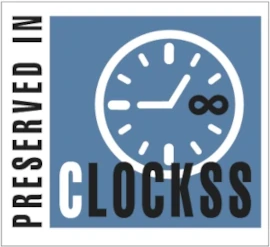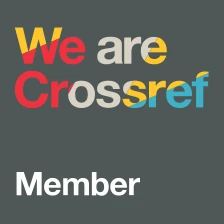Commercial Gestational Surrogacy: Unravelling the threads between reproductive tourism and child trafficking
DOI:
https://doi.org/10.14197/atr.201221168Keywords:
cross-border commercial surrogacy, reproductive tourism, child traffickingAbstract
Narratives of commercial gestational surrogacy (CGS) as ‘baby-selling’ often conflate or interchange the transfer of children born via surrogacy with trafficking in children or the sale of children, two sometimes overlapping but nonetheless distinct offenses. Moreover, anti-trafficking laws have been used to police cross-border CGS. But when do CGS arrangements fall within the category of legitimate ‘reproductive tourism’ and when do they amount to child trafficking? In this paper I critically explore intersections between human trafficking laws and CGS, vis-à-vis the child, charting the relevant trafficking laws in the context of international surrogacy, and analysing whether trafficking laws are an appropriate mechanism through which to regulate CGS. I conclude that while child trafficking might occur via surrogacy, CGS in itself is not child trafficking under international law.
Metrics
Published
How to Cite
Issue
Section
License

This work is licensed under a Creative Commons Attribution 4.0 International License.
The Anti-Trafficking Review has a policy of licensing under the Creative Commons Attribution License (CC-BY). Under the CC-BY license, the public is free to share, adapt, and make commercial use of the work. To protect our work and that of our authors, however, users must always give proper attribution to the author(s) and the Anti-Trafficking Review (i.e. with a complete bibliographic citation and link to the Anti-Trafficking Review website and/or DOI).
The Anti-Trafficking Review promotes the sharing of information, and we therefore encourage the reproduction and onward dissemination of articles published with us.








